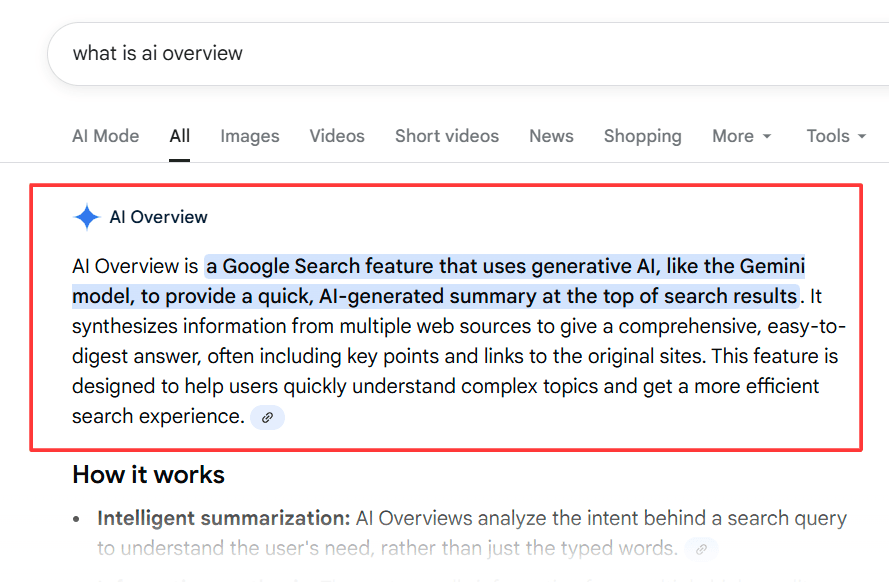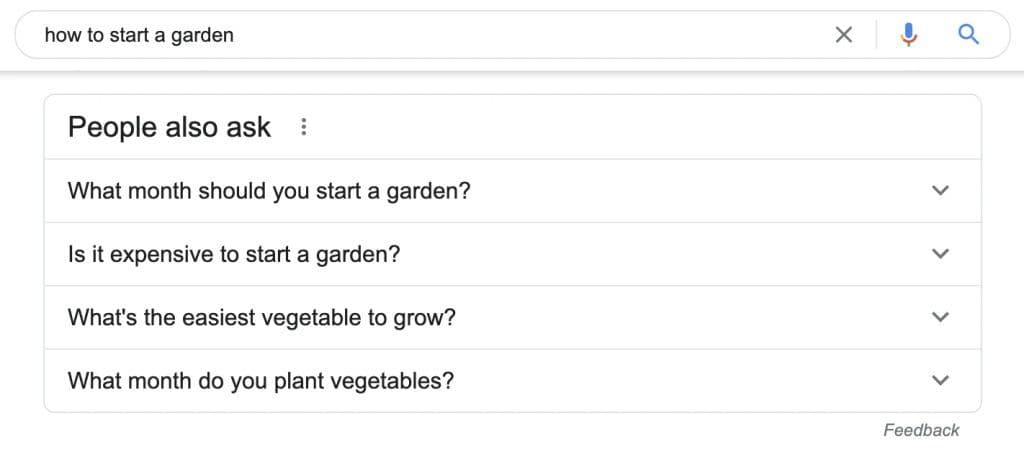
What Is Answer Engine Optimisation (AEO)?
Before diving into strategy, let’s clarify the concept. In essence, answer engine optimisation is the practice of structuring and crafting web content so that AI-powered answer engines (such as ChatGPT with browsing, Bing Copilot, Perplexity, Google’s AI Overviews , voice assistants, etc.) can easily interpret, summarise, and cite it when generating direct responses to user queries. In contrast to traditional SEO, whose emphasis is ranking pages in a list of organic results, AEO is about being quoted or cited in AI-generated answers. It’s no longer just about clicks: it’s about visibility within the answer, which often precedes clicking. Put simply:- Traditional SEO: “How do I rank my page on Google?”
- AEO: “How do I make sure ChatGPT (or Bing Chat) cites my content when answering a question?”

10 AEO Strategies to Dominate AI-Powered SERPs
Below are 10 strategies to help you navigate the complex world of AI-powered search results.1. Identify and Prioritise High-Value Question Queries
The first step in AEO is to discover which questions people genuinely ask, in conversational, natural language, within your niche or vertical.- Use SEO tools such as AnswerThePublic, Semrush’s “Questions” filter, Google’s “People Also Ask,” or ChatGPT itself to brainstorm real queries.
- Look at your existing content’s search queries in Google Search Console and spot question-style queries that are already driving impressions.
- Conduct user research: ask your sales/support teams or customers what questions they often pose.
- Relevance to business goals (e.g. lead generation, awareness)
- Existing competition
- Likelihood of being cited (i.e. specificity, clarity, uniqueness)

2. Use Question-Based Headings and Provide a Clear Direct Answer First
Because AI systems tend to extract the first few sentences under a heading when constructing answers, structure your content so that:- The subheading (H2 or H3) poses the user’s question (e.g. “What is answer engine optimisation?”)
- Immediately under that heading, provide a concise, direct answer (in 1–2 sentences) before any elaboration
3. Structure Content with Semantic HTML, Bullets and Tables
AI models and citation engines favour content that is well-structured and easy to parse. To facilitate that:- Use semantic HTML: <h2>, <h3>, <p>, <ul> / <ol>, <table> etc.
- Use bullet lists or numbered lists for enumerations
- Use tables for comparisons, data, pros/cons, features
- Keep paragraphs short (2-3 lines max), to avoid burdening extraction
4. Implement Appropriate Schema / Structured Data Markup
Structured data (using schema.org vocabulary) helps search engines and downstream systems (including AI tools) understand the context and meaning of your content. Some useful schema types for AEO include:- QAPage or FAQPage (to mark FAQs)
- HowTo schema (for step-by-step instructions)
- Article or BlogPosting (for general content)
- ClaimReview (if you’re quoting or evaluating claims)
- Use datePublished / dateModified to signal freshness

5. Demonstrate Expertise, Original Insight and Evidence
AI models tend to prefer sources that show authority, original insight, and evidence. To strengthen your content’s chances of being cited, it’s best that you:- Incorporate data, studies, or statistics (with proper citations)
- Add expert commentary or real-world examples (e.g. “In our work with 20 clients…” or case studies)
- Use strong internal and external citations (link out to trusted sources, include quotes)
- Keep author bio / credentials visible to reinforce expertise
6. Keep Content Fresh and Versioned
Recency matters. AI engines often prefer more recent content, or content with evidence of being maintained and updated. So you must make sure to:- Periodically refresh articles: update statistics, add new examples, adjust for new developments
- Reflect updates in the dateModified metadata
- Add a visible “Last updated” timestamp
- For evergreen topics, consider versioning or “2025 edition” updates
7. Build Off-site Signals, Brand Mentions, and Citations
Because AI tools often rely on the “web of knowledge”, i.e. interconnections, citations, authority signals across domains, your off-page presence still matters, but with a twist:- Earn brand mentions or quotes on reputable publications, niche blogs, forums, podcasts, etc.
- Get your content referenced in Wikipedia, industry reports, or authoritative lists
- Be consistent in your brand name, entity identity (avoid variations that confuse models)
- Participate in Q&A sites, expert roundups, interviews since they increase your chances of being included as a source
8. Prioritise Content That Maps to “Zero-Click” / Featured Snippet Zones
Although AEO extends beyond typical featured snippets, there’s still a strong overlap: content that appears in “position zero” or answer boxes is more likely to be pulled by AI systems. Therefore:- Audit your site for existing pages that already rank in featured snippets or answer boxes
- Optimise those pages further with AEO techniques (e.g. refine answer sentences, add schema, structure)
- Monitor “People Also Ask” (PAA) expansions for adjacent questions you can target
- Use your knowledge of snippet formats (paragraph snippet, list snippet, table snippet) to tailor your answer accordingly
9. Use “AI Audit” & Manual Testing to Validate Citation Potential
Because AI tools are not entirely transparent, you should treat them as black boxes you can test and audit.- Manually ask your target questions to ChatGPT, Perplexity, Bing Chat, Google AI mode, etc., and see if your content is cited
- Track mentions / citations over time
- Use AI SEO toolkits (some SEO platforms are introducing AI visibility modules)
- Use the GEO16 framework or similar scoring models to audit your pages' readiness (metadata, structure, freshness, etc.)
10. Combine AEO and Traditional SEO as a Unified Strategy
It’s vital to remember that AEO does not replace classical SEO, it complements it. To truly dominate AI-powered SERPs, you need to integrate both approaches.- Continue your keyword research, link building, page speed optimisation, mobile responsiveness, domain authority building (the usual SEO staples)
- For each target page, layer on AEO enhancements (question headings, schemas, clarity)
- Use internal linking to funnel authority toward your AEO-optimised pages
- Monitor both click metrics (via Analytics, Search Console) and citation / mention metrics (via AI tools and manual checks)
- Over time, your pages may earn both strong organic rank and AI citation presence





